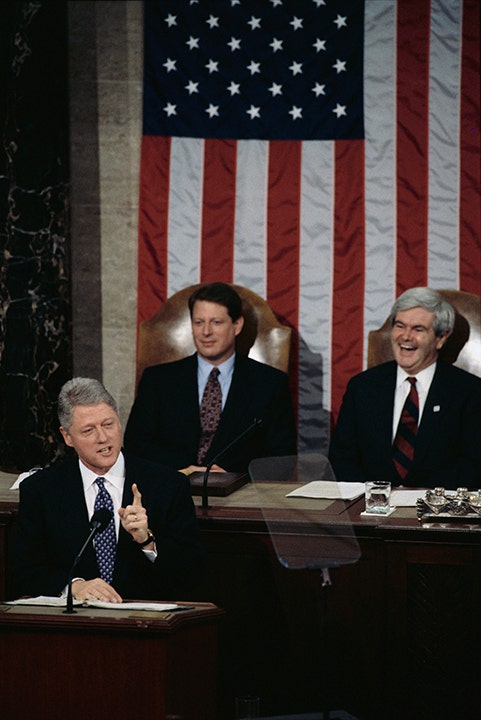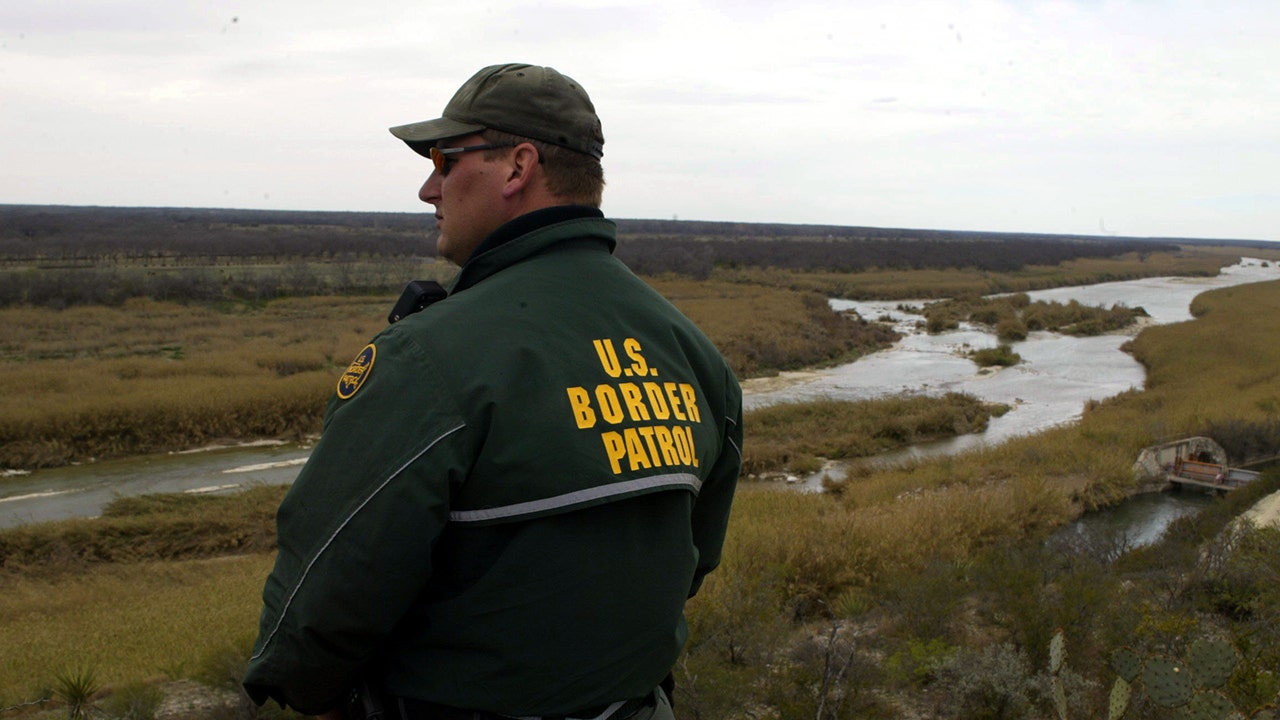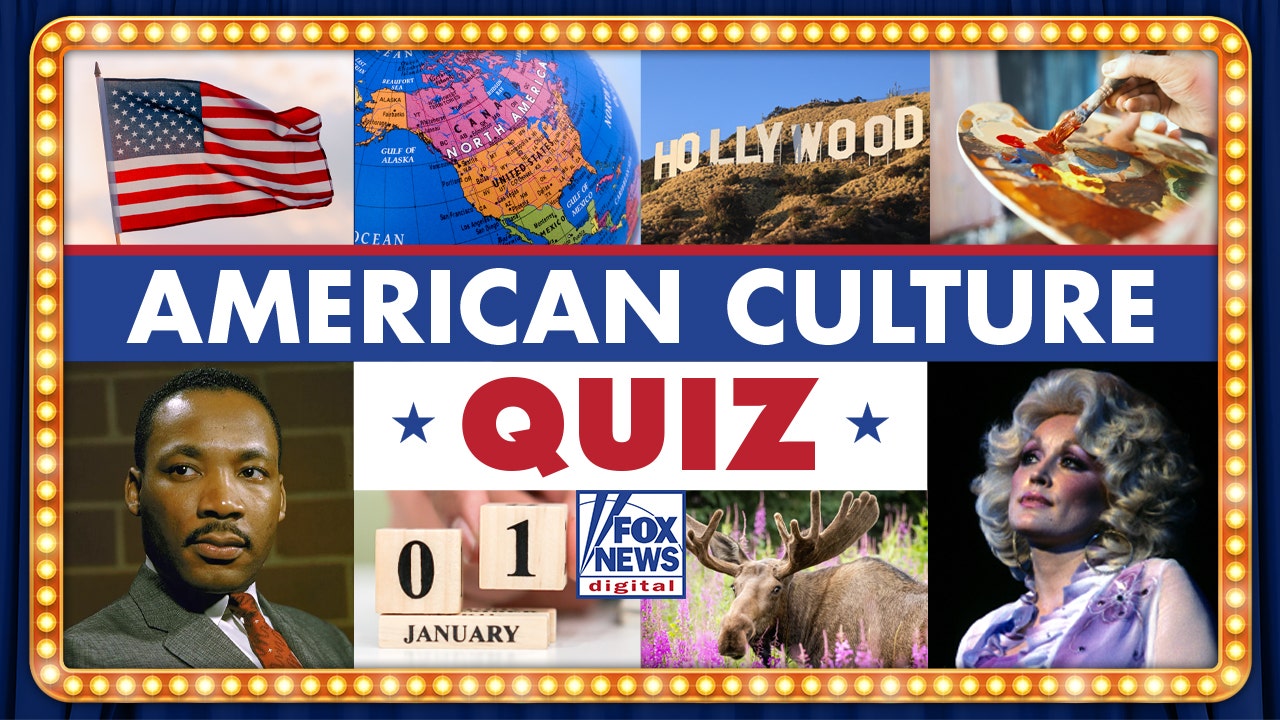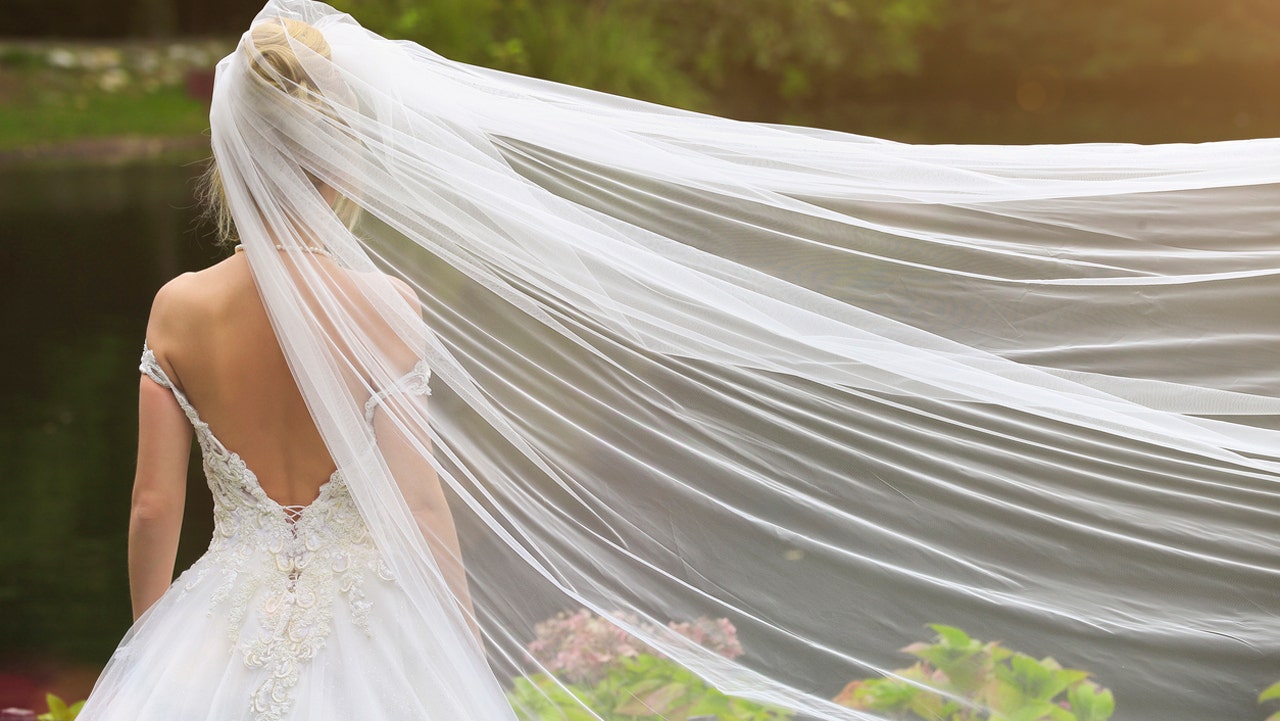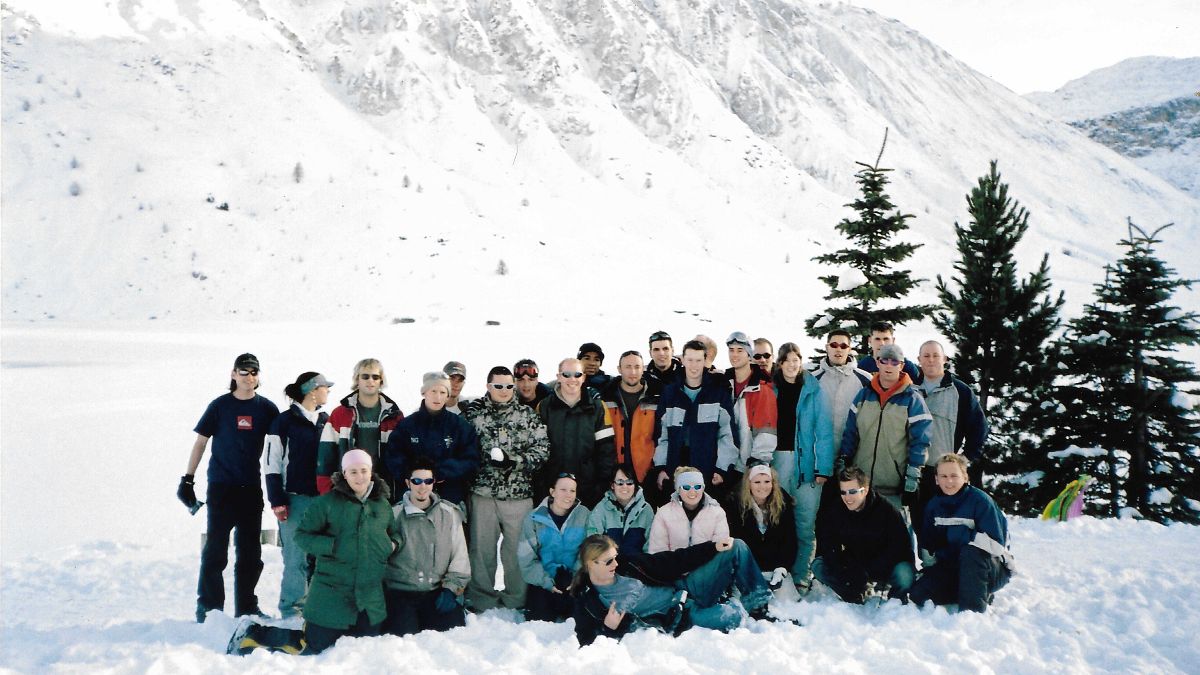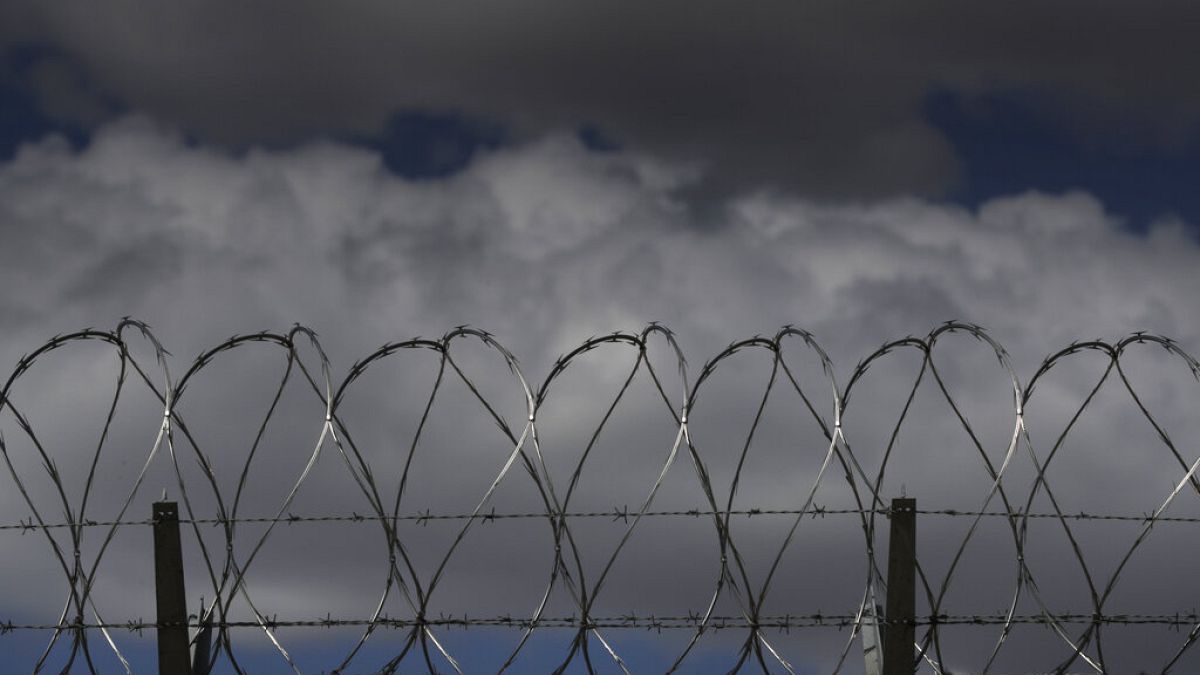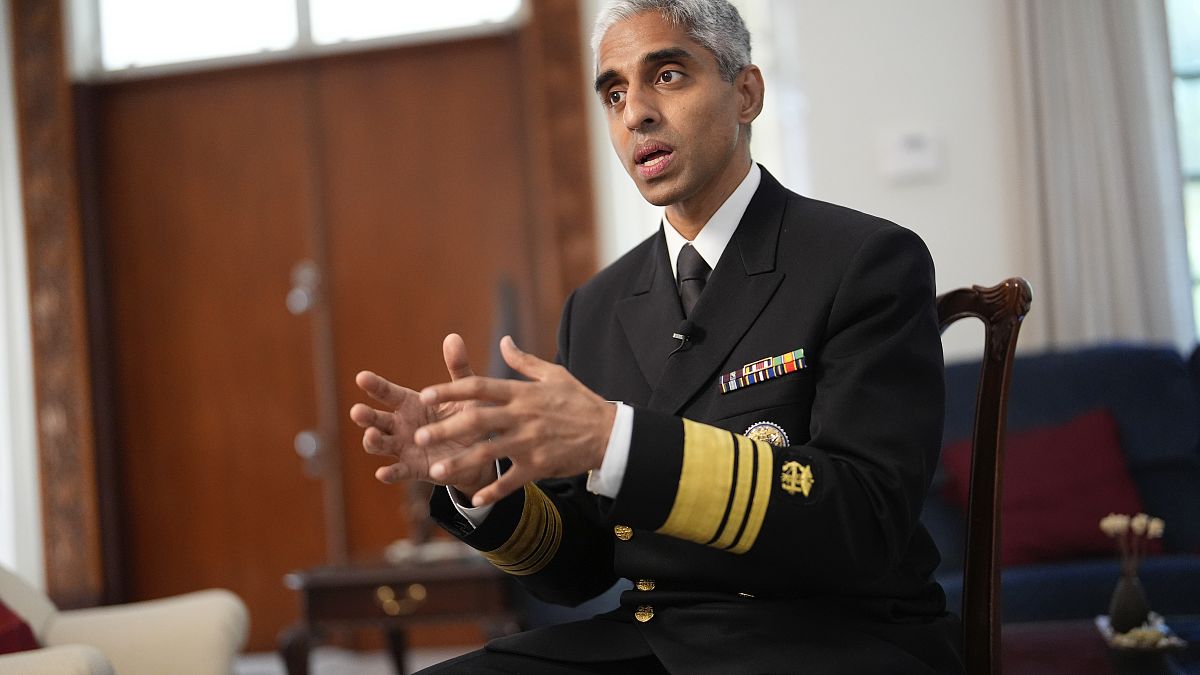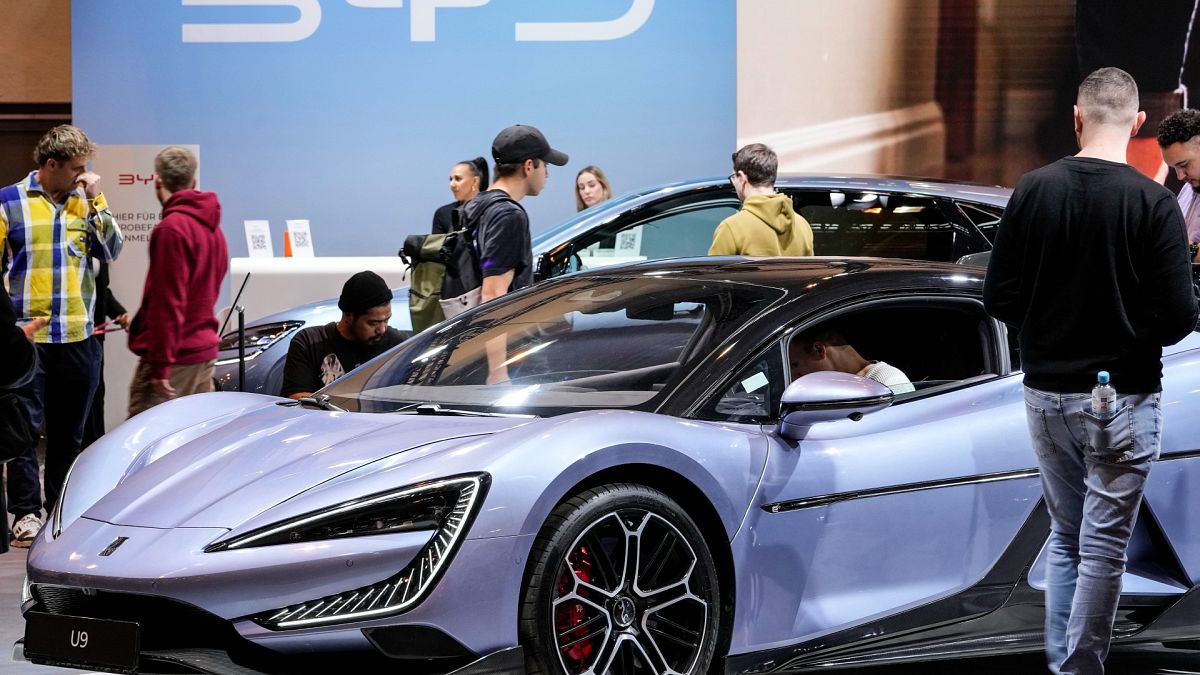A female endangered Pacific Northwest orca who made global headlines seven years ago when she carried her dead calf for over a fortnight is doing so once again with her new deceased calf.
The mother orca is known as Tahlequah, or J35, and has been seen carrying the body of her deceased female offspring since Wednesday (1 January), according to the Washington state-based Centre for Whale Research.
“The entire team at the Centre for Whale Research is deeply saddened by this news and we will continue to provide updates when we can,” the team wrote in a post shared on Facebook.
The researchers say her actions are a clear sign of grief over lost offspring.
In 2018, whale experts observed Tahlequah and her pod pushing her dead calf along for 17 days, for a distance of 1,600 kilometres.
They deduced that the calf had died shortly after it was born, and its mother and her close-knit pod of whales were seen taking turns carrying the dead body.
This time around, the researchers said they’d been aware of the new calf’s birth around two weeks ago but, on Christmas Eve, they said they were concerned about the infant’s health based on its behaviour – and that of its mother.
Mortality among this species is high
By New Year’s Day, officials with the National Oceanic and Atmospheric Administration were able to confirm that Tahlequah was carrying her calf’s dead body.
Brad Hanson, a research scientist with the Centre for Whale Research, was able to observe her behaviour from a boat on Wednesday.
He said she was draping the dead calf across her snout or on top of her head, and that she appeared to dive for it when it sank from the surface.
He reported that the calf was only alive for a “handful of days”.
“I think it’s fair to say that she is grieving or mourning,” Joe Gaydos, science director of SeaDoc at the University of California, said of Tahlequah, adding that similar behaviour can also be seen in other socially cohesive animals with relatively long life spans, including primates and dolphins.
Although a tragic situation, it is, unfortunately, not a rare one as calf mortality is particularly high.
Only about one in five orca pregnancies result in a calf that lives to its first birthday, the Centre for Whale Research says.
Its research director, Michael Weiss, estimated that only 50 per cent of orca calves survive their first year.
Pacific Northwest orcas are on the brink of extinction
Nevertheless, the centre described the death of Tahlequah’s calf as particularly devastating – not only because she could have eventually grown to give birth and bolster the struggling population, but because the mother has now lost two out of four of her documented calves.
The population of southern resident killer whales – three pods of fish-eating orcas which frequent the waters between Washington state and British Columbia – has struggled for decades, with only 73 thought to be remaining.
The species must contend with a dearth of their preferred prey, Chinook salmon, as well as pollution and vessel noise, which hinders their hunting.
Researchers have warned they are on the brink of extinction.
Other southern resident orcas have been observed carrying dead calves, Weiss said, “but certainly not for as long as J35 carried her calf in 2018”.
There was some good news for Tahlequah’s J pod, however. Another new calf, known as J62, has been observed alive by officials and scientists.
Southern resident orcas are endangered, and distinct from other killer whales because they eat salmon rather than marine mammals.
Individual whales are identified by unique markings or variations in their fin shapes, and each whale is given a number and name.

